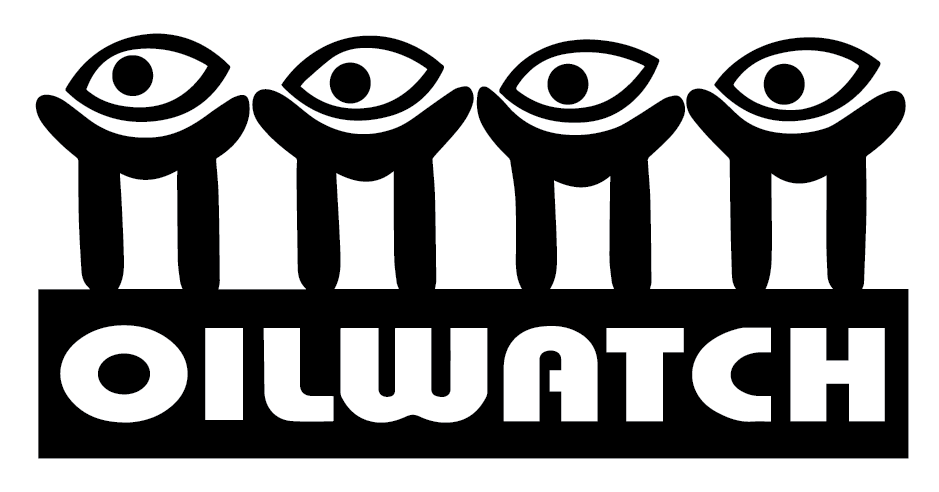
One of the many collectives, Yasunidos LojaI’m in Quito, Ecuador. I wake up nervous at 8 a.m., getting ready to pick up a valuable envelope at the bus station that Cesar, a Yasunidos activist, mailed from Guayaquil, brought by his friend from New York on a plane, a day earlier. I am chatting with Cesar, “Did you send it to my name? Did you send it to the Santa María station?” I knew that if they sent it anywhere else, the signatures of Ecuadorian immigrants in Queens would not make it on time for the official delivery of signatures asking for a National Referendum to save Yasuní-ITT. “Yes, I think so,” he says. There is no next-day service in Ecuador, so sending a package by bus is probably the quickest thing to do, although I don’t know how reliable it is.
I arrive at the bus station and there it is! Now the next steps—making photocopies, counting, and registering the number of signatures. I count 103. It doesn’t seem like that many for the 600,000 signatures (5 percent of the voters at the national level) required by Ecuador’s Electoral College to approve this National Referendum. But we do know every single signature counts, as does the effort of every single volunteer who has been a part of this movement.
It’s already 10 a.m. so I run to take a cab and I make it just in time for the start of the march organized to deliver the signatures. “What’s going on?” asks the cab driver at seeing about 2,000 people gathered at the park with banners and drums. “It’s to save Yasuní. We have to deliver the signatures today,” I tell him. “Where do I sign?” he says. That makes 104.
Yasuní is one of the most biodiverse regions in the world. A team of scientists from University of Texas in Austin, confirmed that Yasuní contains more tree species than are native to the continental United States and Canada combined. There are also species of animals and insects yet to be discovered. Furthermore, at stake is the very existence of the two remaining indigenous groups in voluntary isolation, the Tagaeri and Taromenane, who face ethnocide with the arrival of oil companies in their territories.
When Texaco (now Chevron) started oil exploration in Ecuador 50 years ago, forced prostitution and alcoholism affected whole communities, many abandoned their original ways of subsistence and thus became dependent on the oil company. In addition, the region has three times the levels of cancer when compared to the rest of the country. Two un-contacted indigenous groups at the time, the Tetetes and Sansahuari, were completely wiped out while the populations of other indigenous groups were significantly diminished.
In August 2013, President Rafael Correa announced that the world had “failed us” for not giving Ecuador enough money to save Yasuní-ITT. But others knew better than that. He had been giving speeches for months in Ecuador saying that there was a Plan A and a Plan B for Yasuní-ITT—in case the donations didn’t come in to keep the oil underground. “It was always Plan B,” many said. Then, in February of this year, The Guardian released some classified documents showing that Ecuador was pursuing a $1 billion deal with China to drill oil under Yasuní, while at the same time trying to get international donations to save the park.
